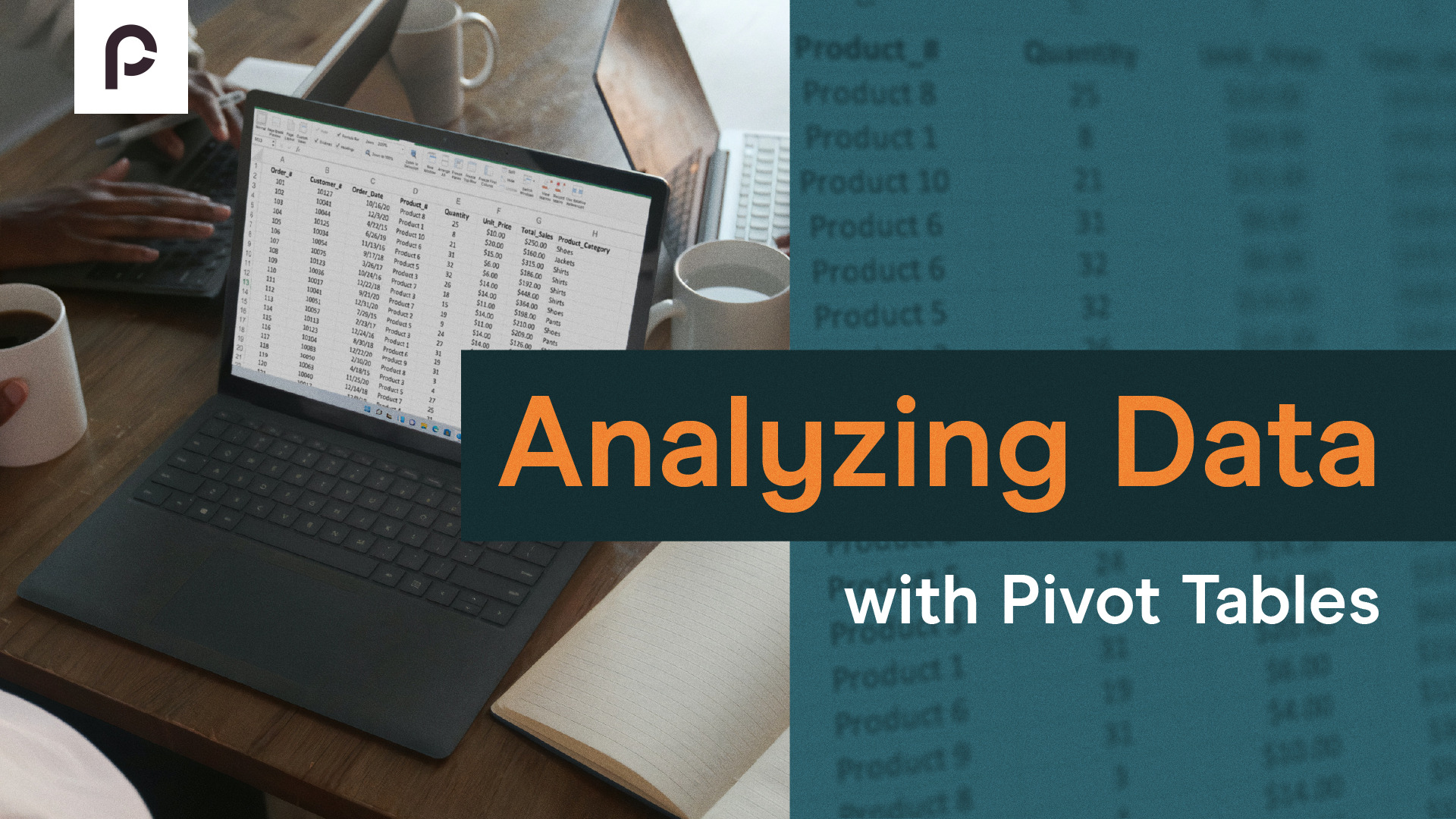Uncover the Bottom 15 in Excel Easily

Excel has long been a powerhouse for data analysis and management, and with its seemingly endless list of functions and features, users often find themselves discovering new ways to enhance their productivity. Among these features is the ability to find the bottom 15 entries in a dataset, which can be invaluable for performance analysis, benchmarking, and much more.
Understanding the Concept

Before diving into the practicalities of uncovering the bottom 15 in Excel, let’s grasp why this is important. Identifying the bottom performers, whether they are sales figures, inventory levels, or student grades, can:
- Highlight areas that need improvement.
- Assist in strategic decision-making.
- Provide insights into trends or potential problems.
How to Find the Bottom 15 in Excel

The process to find the bottom 15 entries in Excel can be broken down into several steps, utilizing both formulaic approaches and conditional formatting:
Step 1: Prepare Your Data

- Ensure your data is in a tabular format with headers.
- Sort the column you want to analyze in descending order if necessary.
Step 2: Use Sorting Techniques

Sorting is the most straightforward method:
- Select your dataset, excluding headers.
- Go to the Data tab and choose Sort & Filter > Sort Largest to Smallest.
- The bottom entries will appear at the end. Scroll down to see the last 15.
Step 3: Using Formulas

For a more dynamic approach, consider using the LARGE function combined with IF functions:
- Select the column adjacent to the one you’re analyzing and in the first cell, enter:
=IF(RANK([Column_to_Analyze], [Column_to_Analyze], 0) <=15, [Column_to_Analyze], “”)
🌟 Note: Replace [Column_to_Analyze] with the actual cell range of the data you're analyzing.
Step 4: Conditional Formatting

Highlight the bottom 15 entries using conditional formatting:
- Select your data column.
- Go to Home > Conditional Formatting > New Rule.
- Choose ‘Use a formula to determine which cells to format’.
- Enter the formula:
=RANK(A1,A1:A1000)>=985assuming there are 1000 rows. - Set a specific color or format for the last 15 entries.
Here's a sample table for conditional formatting settings:
| Condition | Formula |
|---|---|
| Bottom 15 | =RANK(A1,$A$1:$A$1000)>=985 |
| Top 15 | =RANK(A1,$A$1:$A$1000)<=15 |

Step 5: Advanced Techniques

For users comfortable with Excel's advanced features:
- Employ Power Query to filter and sort data, then highlight the bottom 15.
- Use Pivot Tables with a ranking column to dynamically list the bottom performers.
🚦 Note: These advanced techniques require a basic understanding of Excel's analytics tools.
Visualizing the Data

Once you have identified the bottom 15 entries, consider:
- Creating a column chart or bar chart to visually represent the data.
- Using Conditional Formatting with color scales to provide a heat map effect.
- Adding Sparklines for inline visual comparison within cells.
In summary, Excel offers multiple avenues to uncover and present the bottom 15 entries in your dataset, from simple sorting to advanced data analysis techniques. Understanding these methods not only enhances your ability to manage and analyze data efficiently but also aids in strategic business decisions. Whether you're tracking sales performance, student grades, or inventory, the ability to pinpoint the least performing entries can lead to insights and improvements that might otherwise go unnoticed.
Why should I identify the bottom 15 entries?

+
Identifying the bottom 15 entries allows you to focus on areas that require attention, whether for improvement or to understand trends that might indicate underlying issues.
Can I use these methods on non-numerical data?

+
Yes, Excel’s sorting and filtering capabilities work well with text data, though for numerical rankings, you’d typically use numerical data.
Are there any limitations to these methods?

+
The limitations mainly depend on the dataset size and complexity. Formulas and conditional formatting can slow down Excel for very large datasets. Also, some methods require a basic understanding of Excel functions.